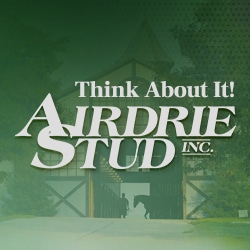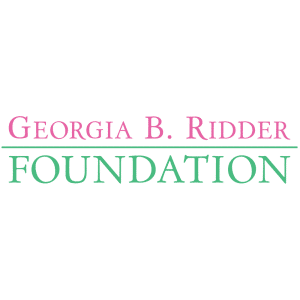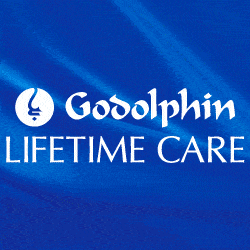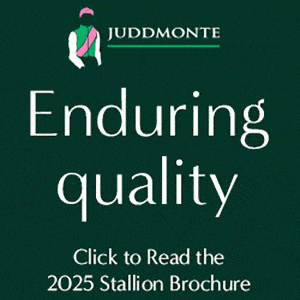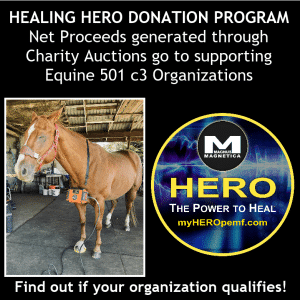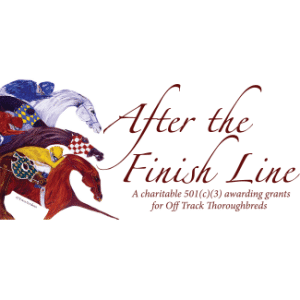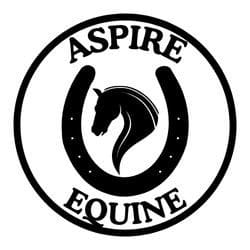Nutrition is not the only key to creating good feet, but it plays a major role.
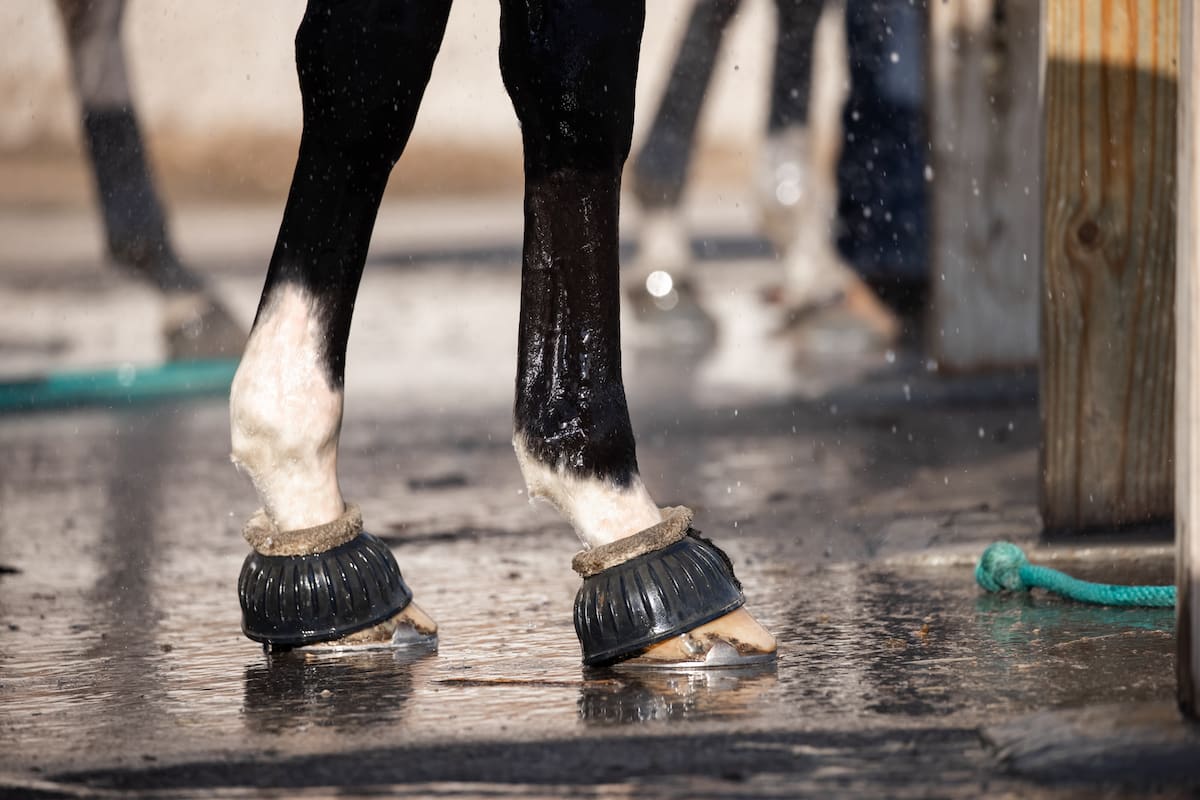
Bethany P Photography
There’s no such thing as a horse with perfect feet, but there are many horses that have good feet. Defining what a good foot is helps us to understand what we are trying to achieve through the feeding and management of our horses and the way we care for and support their feet. Many retired racehorses have less than desired hoof health for multiple reasons so being able to identify where your horse’s feet are in regard to overall health and knowing where you want to be is important.
A good foot is one that:
- Is free of horizontal and vertical cracks in the hoof wall, either major or minor
- Possesses enough wall thickness to provide adequate protection from injury of the sensitive tissues underlying the wall such as the laminae
- Has enough sole depth to provide comfort and protection to the digital cushion, solar corium and coffin bone (preferably 15 – 20 mm or more)
- Is free of flaring of the hoof wall indicating balanced weight bearing properties
- Has a wide frog that makes ground contact when foot is weight bearing
- Possesses enough heel height to facilitate solid ground contact and easy breakover (opposite of crushed heels)
- Possesses a toe length in balance with the hoof angle in order to facilitate efficient breakover while the hoof is in motion
- Displays balanced growth as observed by growth lines being parallel from toe to heel
- Has enough growth to maintain a healthy hoof wall and adequate sole depth over a long period of time
Many different things affect the quality of a horse’s hoof, some are controllable and some are not. From a nutritionist’s point of view my major concerns are supporting adequate hoof growth rate and maintaining good hoof quality; these two parameters are not necessarily synonymous. I can have good hoof quality but no growth or I can have lots of growth but very poor quality, as a horse person you should be demanding and therefore want both.
I would be remiss in this article if I didn’t point out that while nutrition does play a role in hoof growth rate and quality as discussed below, hoof mechanics is often times an even more powerful element that influences these two parameters. In a nutshell hoof mechanics refers to the relationship between the different anatomical structures within the horse’s hoof. The primary relationship involves the influence of the deep digital flexor tendon on the angle of the coffin bone, and the amount of pressure placed on the palmer digital arteries which supply most of the hoof tissues with nutrients. If the mechanics of the hoof result in restricted blood supply to the foot it won’t matter how good the horse’s diet is because the horse will have limited nutrient supply to hoof tissues resulting in slow hoof growth rate and most likely less than adequate hoof quality. Whether your horse is bare foot or shod the trimming and shoeing program should emphasize reducing tension on the deep digital flexor tendon to facilitate adequate blood flow and equalization of stressors within the hoof capsule.
Improving hoof quality and growth rate through nutrition involves supplying an adequate amount of essential and functional nutrients to support adequate hoof quality and supporting normal blood and lymph circulation in order to ensure those nutrients can be delivered to the hoof tissues that require them. Essential nutrients refer to those nutrients that are required by the horse for the maintenance of normal health and well-being. Functional nutrients refer to nutrients that may serve a function in the improvement of health and/or performance of the horse or particular systems within the horse such as hoof health, intestinal health, muscle function, or immunity. Functional nutrients can also be essential nutrients that are supplied at levels greater than normally required for maintenance, such as biotin, or they may be non-essential nutrients that when supplied improve the overall well-being or performance of the horse such as the omega-3 fatty acids EPA and DHA.
Essential Nutrients for Hoof Growth and Quality
The hoof is a dynamic tissue that requires all the nutrients that the rest of the horse’s body requires. This is why the foundation for feeding the foot is no different from feeding the horse and also explains why the health of the hoof is often an indicator of the overall health of the horse. A systemic illness in the horse’s body or a significant change in the horse’s plane of nutrition usually leaves its mark on the horse’s hoof as evidenced by an observable change in the horse’s hoof growth rings. Therefore, if you want good hoof quality and hoof growth rate you begin with the same guidelines as those listed for keeping your horse healthy in general which include:
- Base your horse’s diet on forage (hay and/or pasture) fed at approximately 2% of your horse’s body weight, (plus or minus).
- Ensure your horse’s amino acid requirements are met by feeding forages, feeds and/or supplements containing good quality protein sources such as soybean meal or added amino acids that should include lysine.
- Ensure essential mineral and vitamin requirements are met. As a guideline, if you are feeding a commercial feed that has been properly formulated you usually need to feed at least 5 pounds per day in order to supply enough to meet your horse’s mineral and vitamin requirements. Most feed companies will also have feed products that are designed to be fed at lower rates for those horses that do not require 5 pounds of grain per day or do not require any grain at all. Be sure to read the product label in order to ensure you are using the correct type of feed for your horse.
- Ensure that your horse has free access to fresh, clean water at all times.
- Provide salt free choice and/or add a small amount (25 gm per day) to your horse’s grain mix.
- Work with your veterinarian to maintain an effective de-worming, vaccination and wellness program for your horse.
The list of essential nutrients with recommended daily requirements (Nutrient Requirements of Horses, Sixth Revised Edition, 2007) that all horses require for normal health and well-being include: protein, lysine, calcium, phosphorus, magnesium, potassium, sulfur, sodium, chloride, iron, zinc, manganese, copper, iodine, cobalt, selenium, vitamin A, vitamin D, vitamin E, thiamin and riboflavin. Note: Digestible Energy (calories) is also required by all horses but is regarded as an attribute of the diet and not a nutrient per se. Some of you may be asking what about biotin? While biotin is considered a nutrient that may improve hoof quality it is not considered an essential nutrient for the basic maintenance of a horse because horses produce biotin in their digestive systems via microbial fermentation and the biotin synthesized in the digestive tract of the horse is available to the horse for the maintenance of its body and overall well-being. Biotin fed at a rate of 15 mg per day or more is more than what is required for normal maintenance of the horse and is therefore considered a functional nutrient when fed at this level.
Functional Nutrients for Hoof Quality
Some functional nutrients are quite recognizable by most horse people such as biotin, methionine and organic zinc (zinc proteinate, zinc amino acid chelate, zinc-methionine, etc.). These nutrients have a long history of being associated with improved hoof quality when supplied at levels greater than considered normal for maintenance purposes. It is very important to understand that all essential nutrients must be supplied at required levels before functional nutrients such as biotin, methionine or organic zinc can be effective at improving hoof quality. As a consulting nutritionist I have observed more than once where a horse owner has included a “hoof supplement” in their horse’s diet with very little or no results due to the fact that the intake of basic essential nutrients was inadequate and/or unbalanced. This is why I usually prefer supplements designed for hoof health support to contain all essential nutrients in combination with functional nutrients. In addition to biotin, methionine and organic zinc other B-complex vitamins such as pyridoxine (B6) and folic acid may also improve hoof quality when added to the horse’s diet.
Functional Nutrients for Hoof Growth
Some functional nutrients are recognized for support of hoof quality while others may play a bigger role in supporting hoof growth. As discussed previously, one of the major factors affecting hoof growth rate is blood supply to the foot as well as season of the year. Increasing blood supply either by providing a blood thinning effect or a vasodilation effect may prove beneficial in helping an individual horse increase its hoof growth rate. This is especially important for horses dealing with hoof cracks, white line disease, poor sole depth or laminitis. Omega-3 fatty acids, especially EPA and DHA may have a blood thinning effect and thereby support normal blood circulation to the horse’s foot. Amino acids such as arginine or citrulline, when supplied at levels greater than normally required can have a function in nitric oxide (NO) production via the urea cycle and which in turn may be effective in stimulating vasodilation and thereby support normal blood flow to the foot. However, it is very important to provide increased anti-oxidant support whenever nitric oxide production is enhanced due to the fact that nitric oxide is a very reactive molecule and is an active oxidizing agent. Consult with the product manufacturer before feeding such products to your horse to ensure that anti-oxidant features have been included in their product.
Metabolic Considerations
Elevated insulin levels can have acute effects on hoof growth and quality as well as predisposing horses to laminitis. Therefore, horses that are susceptible to elevated insulin levels such as horses presenting with insulin resistance and horses grazing lush green pastures high in soluble carbohydrates should be fed and managed in a manner that controls spikes in blood glucose and insulin as much as possible. Providing blood circulation support as discussed previously may also help buffer the negative effects of elevated insulin levels in these horses.

